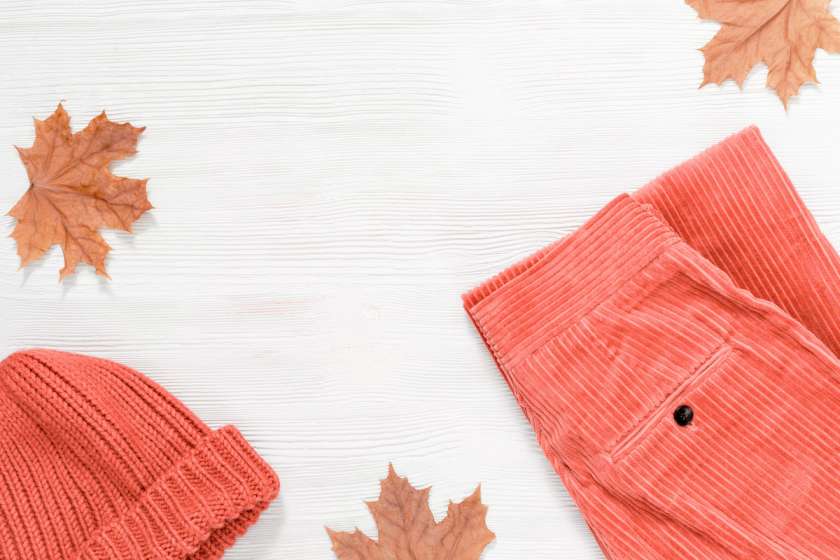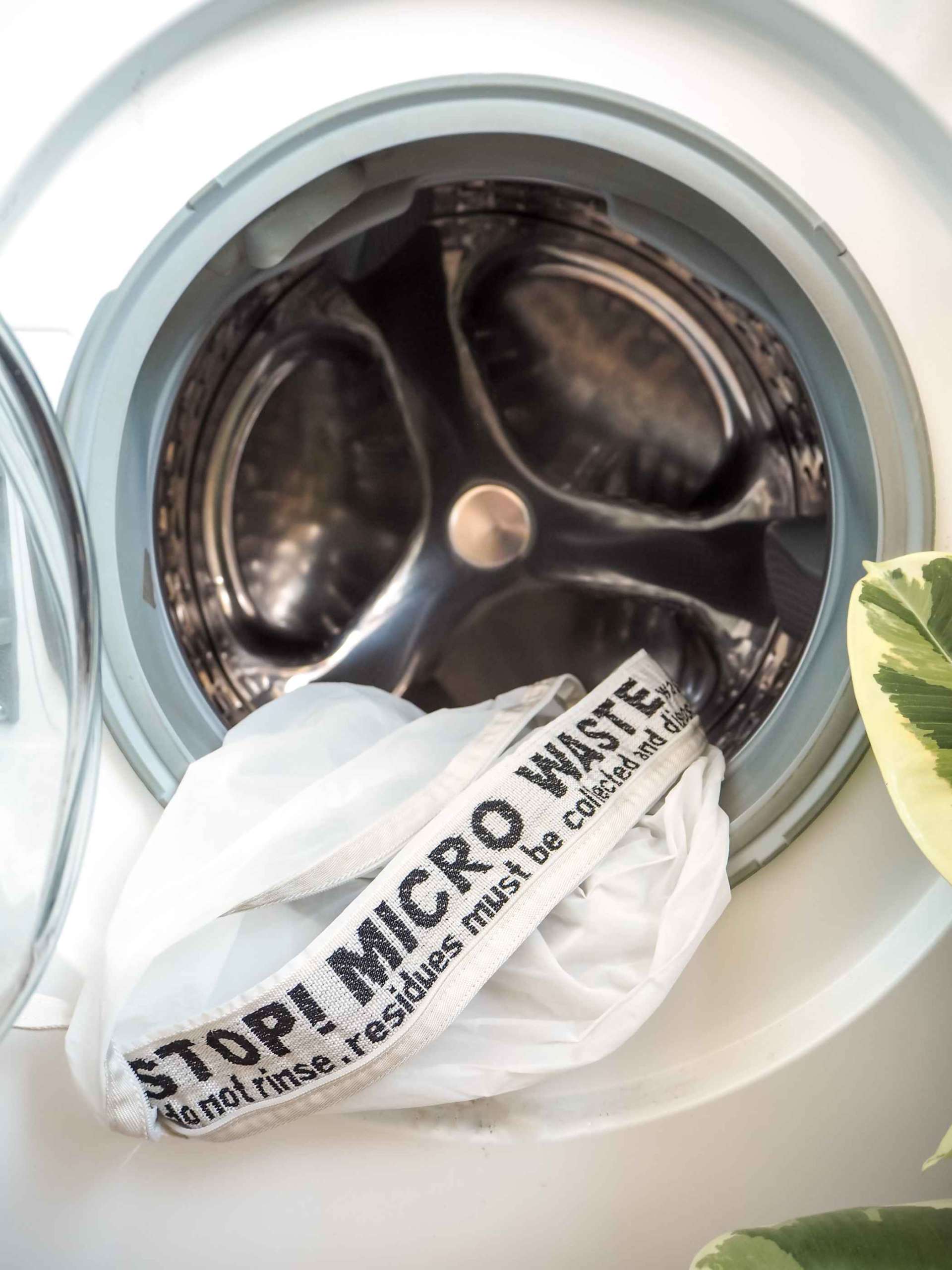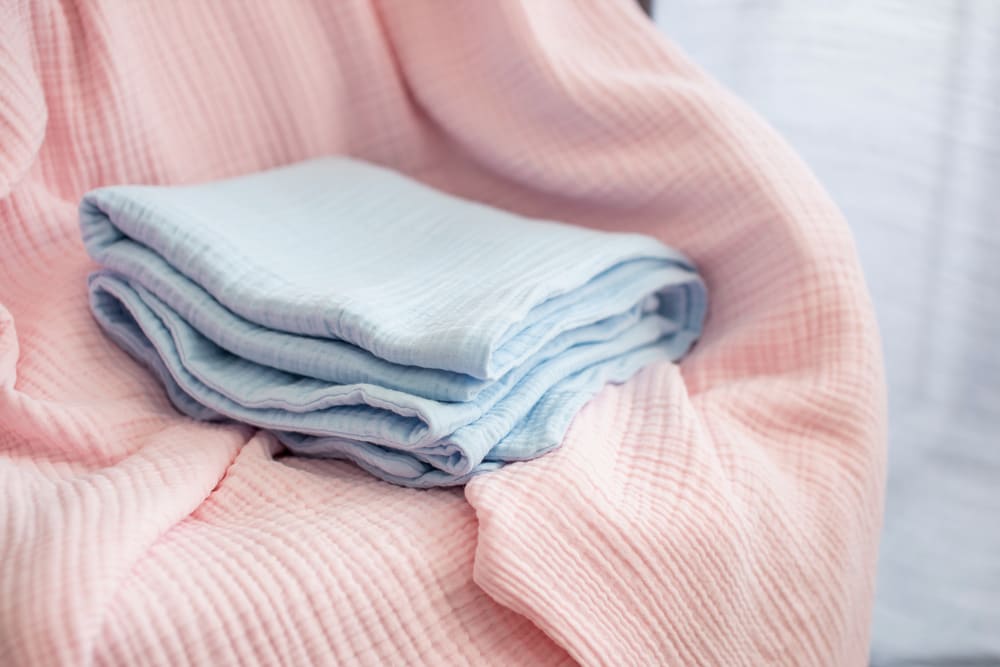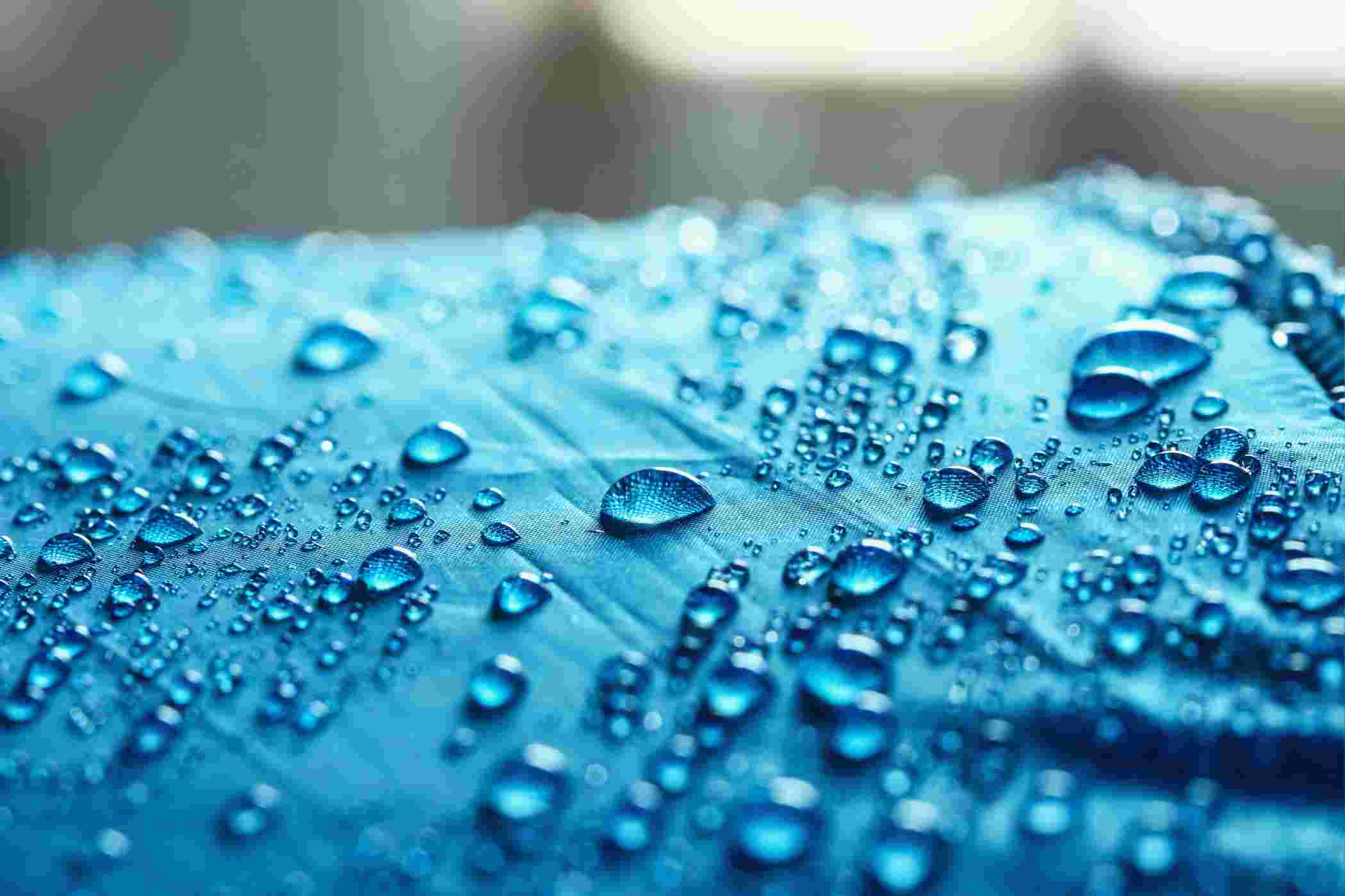Corduroy: Types, Production Method, Major Exporters/Importers, Uses and Environmental impact



| Fabric name | Corduroy |
| Fabric known as | Manchester cloth, Corded velveteen, Elephant cord |
| Breathability | Medium |
| Stretchability | Low |
| Major producers | China and India |
| Major importers | USA, Europe |
| Commonly used in | Pants, overalls, jackets, uniforms, shirts, dresses, pillows, upholstery |
Origin
Corduroy alias Manchester cloth, corded velveteen, or elephant cordis a long-lasting fabric, notable for its incomparable ridged design. Textile manufacturers in England developed modern corduroy in the 18th century. Some annotations suggest that the word “corduroy” arrived from the French corde du roi (cord of the king).

It’s also possible that this name draws its origins from the British surname Corderoy. Corderoy was highly favoured among all echelons of the British society throughout the 1700s but by the 19th century, velvet had superseded corduroy as the most deluxe fabric accessible to the upper class and corduroy accepted the disparaging label of “poor man’s velvet."
Types Of Corduroy
Standard corduroy
Standard corduroy fabric has 11 wales per inch, though usually a corduroy fabric having anywhere between 8 and 13 wales per inch, is normally still considered to be standard corduroy.
Pinwale corduroy
Pinwale corduroy features a large number of tiny ridges in every square inch. The finest forms of pinwale corduroy can feature up to 21 wales per inch.
Elephant cord
This type of corduroy has very large, thick cords, just like the distinctive folds in an elephant’s skin, This type of fabric can have a wale number anywhere between 1.5 and 6.

Pigment-dyed corduroy
Most types of corduroy fabrics are pigment-dyed variants. The said corduroy dyeing process results in a mottled appearance that becomes more distinct with each washing.
Spandex corduroy
Children’s garments commonly feature spandex corduroy. Textile manufacturers can combine cotton, poly blend, and wool corduroy with spandex to produce a stretchy corduroy fabric.
Bedford cord
This type of corduroy is an American fabric with a weave similar to corduroy. However, the pile yarns in Bedford cord remain uncut, resulting in ridges that are less noticeable
Production and Overview
Corduroy can be plain-woven with blends of synthetic resin and cotton or even full polyester but it is oftentimes made with cotton. Producers sometimes make corduroy with wool, but the ridges existing on wool corduroy are not as magnificent as the ridges on corduroy made with other materials. Corduroy material consists of three separate yarns woven collectively.
The two firsthand yarns create a plain plait and the third yarn scatters at intervals into this weave in the filling direction, thus creating floats. Then with blades the float yarns are disunited which causes ridges of heaped-up fabric to appear on the surface of the weave. Fabric breathability and moisture wicking abilities of corduroy are medium, and it allows for perspiration to fairly escape from the inside of the fabric to the outside. The material is better suited for colder climates as it has good heat retention ability.
Major Exporters and Importers of Corduroy
The largest producer of Corduroy in the world is China followed by India. The United Kingdom has some share in the overall production as well. India and China are almost neck to neck as the largest exporters while the largest importer is the United States of America.
There's a potential market for corduroy in the emerging economies of Latin America and South East Asia as well.
Corduroy Clothes and upholstery

Corduroy fabric isn't as popular as it used to be but it still finds its use in the garment industry. Corduroy is primarily used for making jackets, overalls and pants. Corduroy is also used for making upholstery such as cushions.
Its popularity declined because of its medium breathability, less elasticity and moderate heat retention capacity and that made it unsuitable for hot and humid climates. As better alternatives came along, its usage declined over the years but it still remains a favorite among lovers of vintage fashion.
Environmental impact of Corduroy
Corduroy is made from different materials so it's impact on the environment depends on the textiles used. Corduroy made with cotton and polyester causes significant pollution as it requires chemical fertilizers for production. Corduroy made from wool is a sustainable alternative as it doesn't leave much of a carbon footprint. There's a need to invest in the sustainable production of corduroy that minimizes the environmental damage caused by it's manufacture.



















